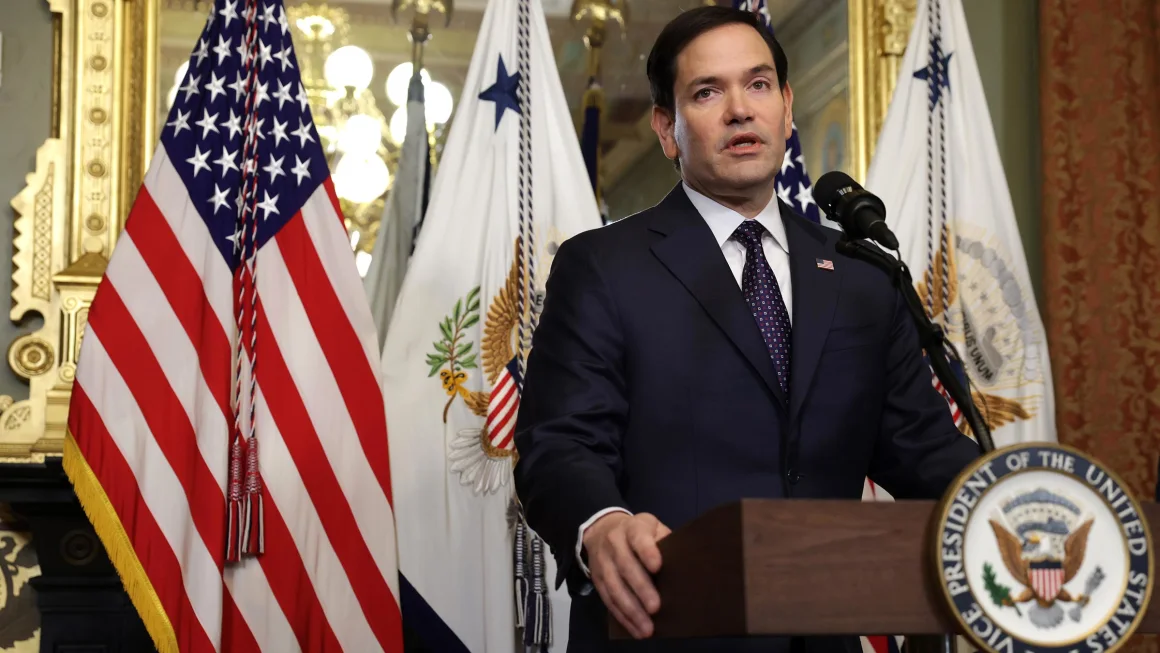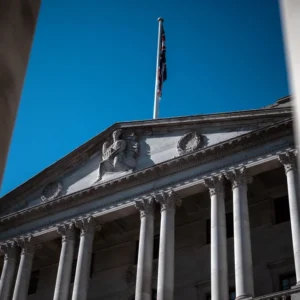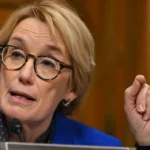Google Maps to Rename Gulf of Mexico and Mount McKinley Following Executive Order
Google is set to update its maps to reflect two significant name changes following an executive order signed by President Donald Trump. The Gulf of Mexico will officially be renamed the Gulf of America, and Mount McKinley will revert to its previous name, Denali, in compliance with the new directive.
In a post on X, Google clarified that it will implement these changes once the Geographic Names Information System (GNIS), the government’s official database of geographic names, is updated. Google adheres to a policy of aligning with official government name changes, and both adjustments are expected to appear on Google Maps soon.
The changes stem from an executive order signed by Trump, which seeks to honor American heritage and promote the legacy of the country’s national heroes. The order, signed shortly after Trump took office, criticized former President Barack Obama’s 2015 decision to rename Denali, calling it an affront to President William McKinley, who was honored by the peak’s previous name. The order emphasizes McKinley’s role in championing tariffs and the “attack on our Nation’s values and success” that led to his assassination.
In a similar move, Trump directed that the Gulf of Mexico be renamed the Gulf of America, a decision he argued reflects the region’s importance to the U.S. economy and its contributions to the nation’s greatness. The order mandates that all federal maps and documents officially reflect the new names.
Google explained that the name changes will only be visible to users in the U.S., noting that when official names differ by country, users will see the local official name. International users will still see both names on Google Maps.
The decision has sparked debate, with some praising the move as a celebration of American identity, while others view it as a controversial revision of historical landmarks. Regardless, these name changes are now poised to become a part of everyday geography for American users of Google Maps.














